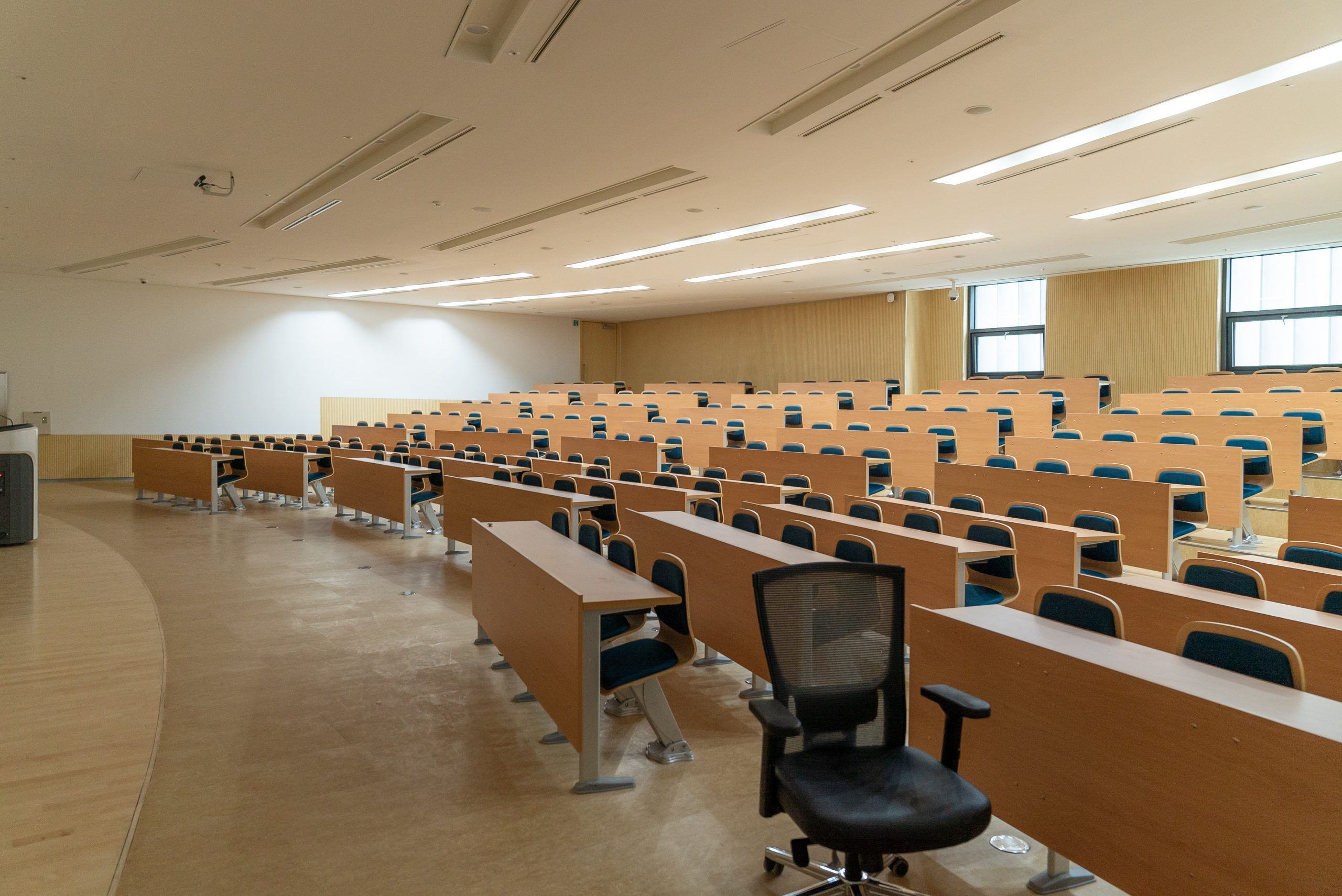As society becomes acclimated to the new normal that COVID-19 has forced upon us, individuals, organizations and industries are faced with new challenges as re-opening plans continue to move ahead. Though as we navigate the way forward for schools and universities, it’s essential that for those who choose to reopen, they do so safely.

School districts, colleges and universities have been tasked over the last several months with developing reopening plans, many of which are in motion now.
While some school systems have made the decision to remain fully remote, many others are moving forward with onsite or hybrid approaches, putting an emphasis on the need to focus on safety for in person scenarios.
While the impact of COVID-19 is constantly changing, the technology industry and innovators alike are growing alongside it, moving quickly to find solutions to combat the rapid spread of the virus throughout classrooms and campuses.
Organizations are prioritizing different technologies – many of which are leveraging the Internet of Things (IoT) – and approaches that can be implemented to help students and teachers safely return to the classroom.
Solutions like contract tracing or sensor-based monitoring can be implemented in school systems and across campuses to better ensure the health and safety of individuals.
Contact Tracing
Contract tracing and proximity detection have been at the forefront of COVID-19 initiatives.
While much of the conversation has been around smartphone apps that can monitor who individuals have been in a close vicinity to, some of these solutions have proven to be controversial as data and privacy are called into question. Additionally, these apps can be less accurate than intended should individuals opt out of sharing their location for privacy reasons.
An alternative to smartphone apps is having students and staff wear lanyards or wristbands which track their whereabouts during the school day. Given location would only be tracked while on campus or in the school, privacy is less of a concern for individuals, as opposed for 24 hour monitoring via the apps.
Wristbands or lanyards include a proximity sensor and by leveraging IoT technology, the wearable can detect whether two devices have been closer than six feet, and communicates data with a gateway within the building. Due to its easy distribution and cost effectiveness to manufacture, utilizing IoT-enabled wearables can mitigate potential outbreaks across school systems by referring back to its data should a student or educator test positive for the virus.
Predictive Cleaning
Predictive cleaning and environmental monitoring is another approach that can reduce the risk of an outbreak occurring as schools and campuses reopen. Predictive cleaning can lower infection rates and costs by enabling on demand and as needed cleaning to ensure common areas like restrooms and classrooms are safe for students to use.
IoT connected devices not only allow for the easy install of battery-based equipment, but can monitor various things in real time – like when soap and hand towels are running low – and automatically prompt facility managers to tend to designated areas.
Staffers no longer need to rely on manual record keeping of the facility, but can turn to its digital trail and data collected by the solution to improve overall efficiency and cleanliness of shared spaces across campus.
Indoor Air Quality
Research supports the theory that keeping humidity levels between 40 and 60% reduces the transmission of viruses (Eleven-X). By implementing an IoT solution that monitors CO2, temperature and humidity for indoor environments in real time, potential airborne transmission can be addressed, which is particularly valuable as many students are limited to indoor classrooms.
The solution enables remote, real-time monitoring of the airborne particulate concentration in occupied public settings – like a school or campus – to help schools and campus reopen with more peace of mind.
Occupancy Monitoring
Occupancy monitoring is another way in which school districts and campuses can have more intel into and control over the number of students in a given space. By deploying IoT sensors across a campus, desk and room occupancy information can provide valuable insight into how a space is currently being used, and can be utilized to more efficiently configure a space.
Additionally, the sensors can provide real-time data, and share information on when students should work in other locations where occupancy is lower during peak times.
While 2020 has presented many challenges and changes, school officials can feel more confident in reopening by deploying IoT technology to monitor various aspects of the campus. From proximity tracing to indoor air quality, precautionary measures like the ones discussed can reduce overall risk of contracting COVID-19 or an outbreak occurring, and educators can focus on teaching and adapting to our new normal.
 ABOUT THE AUTHOR: Marc Péguluhas been vice president of IoT in the wireless and sensing products group at Semtech since June 2015.
ABOUT THE AUTHOR: Marc Péguluhas been vice president of IoT in the wireless and sensing products group at Semtech since June 2015.
He held the position of vice president of wireless and sensing products from June 2014. Prior to this appointment, he held the position of director of marketing and applications. Pégulu joined the Company in March 2006 and was involved in several key technology initiatives, including LoRa wireless and software-defined modem technologies. Prior to joining Semtech, he held positions in chips and systems development at Thomson CSF, Thales, ATMEL and DibCom in France and China.
Pégulu holds a Master of Science degree in electronics and telecommunications from Institut National Polytechnique of Grenoble, France, and is a graduate of the Executive MBA program of ESCP Europe.










